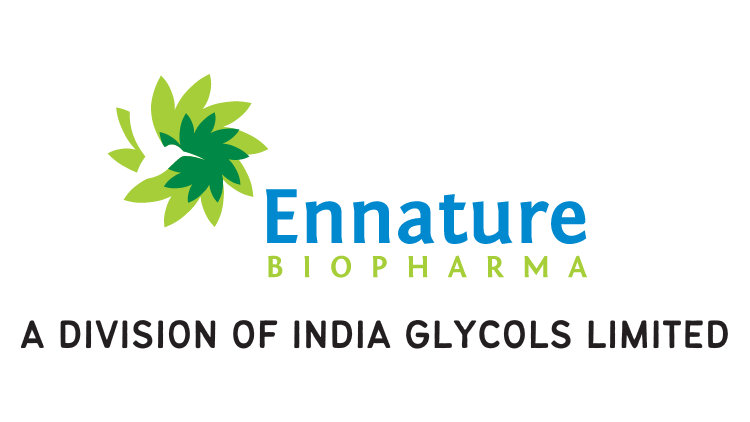Promotional Features
Lutein esters: Improving eye health effectively and faster
Diet and nutrition are essential for optimal health, and our eyes are no exception.
A recent market research report highlights that 196 million people globally are affected by age-related macular degeneration (AMD), and this number is projected to rise to 288 million by 2040.1 A study published in the Journal of the American Medical Association (JAMA) reported that the prevalence of AMD in Asian countries ranges from 6% to 12% in individuals over the age of 40, with rates increasing significantly with age.2
It is also observed by researchers, specifically post-COVID, that eye fatigue and macular degeneration is progressing at faster pace due to increased screen time. This poses a significant strain on our eyes, leading to eye health problems such as AMD and cataracts. The prolonged exposure may also interfere with the body’s natural sleep-wake cycle by suppressing melatonin production, leading to sleep disorders and restless eyes, negatively impacting the overall vision health and quality of life.
Lutein: The age-old ‘eye vitamin’
Lutein and zeaxanthin are essential nutrients for optimal eye health. Though these nutrients are found throughout the central nervous system (brain, spinal cord and the nerves), they have the highest concentration in the macular region of the retina. The accumulation of these nutrients within the macula are often referred to as macular pigment. These pigments help act as a filter for the retina, preventing it from the damaging light rays (such as blue light) which emanate from electronic devices.
Dark green vegetables and egg yolk are the major dietary source for lutein, which is naturally present in the retina of the human eye. The recommended dietary intake of lutein is 6-8 mg per day for eye health but attaining those levels in a normal diet can be a challenge with everchanging lifestyle habits. As per the 2019 research data, the average consumption of lutein is 1-3 mg / day in the North American population and 1.5-4 mg / day in Europe, through daily diet.3
Clinical research around lutein has evolved in the last three decades and is now a mainstream nutraceutical ingredient. Despite lutein being a widely used dietary supplement, still there are unmet needs of both consumers and formulators in this space. Lutein is heat and light sensitive, and hence is prone to faster degradation during its processing and storage. Therefore, formulators are left with little choice, when it comes to delivery formats and, most importantly, formulating shelf-stable products.
As a high lipophilic ingredient, lutein is poorly soluble with little bioavailability. Hence, consumers are recommended to take supplements for a minimum of 3-6 months to observe the intended effect. Also, lutein being fat-soluble comes with a recommendation for it to be consumed along with high fat meals for better absorption.
Unveiling the natural, fast acting and superior alternative
Lutein esters are naturally occurring compounds in the marigold flowers which are thermodynamically more stable at ambient conditions, with better bioavailability. It is a precursor to the free lutein in the commercial extraction process. Many branded ingredients in this space need to use harsh chemicals like potassium hydroxide, methanol and Hexane to successfully convert the lutein ester into free lutein.
Ennature Biopharma recently introduced Xanthogreen® which is a clean and natural alternative as it is processed without any chemicals or solvents through Super critical fluid extraction (SCFE using CO2). Formulated with a proprietary technology platform, Super Critically Enabled Molecular Optimal Dispersion (SCEMOD™), it exhibits enhanced solubility to an extent of 20% against the poor solubility of conventional free lutein (0.02%) which is widely available in the market.
In a recently concluded robust randomized controlled trial (RCT) (n= 128) with 4 groups, for a supplementation period of 12-weeks, Xanthogreen has been evaluated for improvement in macular pigment optical density (MPOD) levels and other eye health parameters such as eye contrast sensitivity, dry eyes, visual processing speed, intra ocular pressure, with different doses and formulations.4
The participants from a daily supplementation of all the active groups demonstrated a statistically significant improvement of MPOD at all measured eccentric angles (0.25, 0.5 and 1.0) by flicker photometry in as little as four weeks onwards. The active group showed an improvement of a 20% increase in the fourth week and a 43% increase in the twelfth week of MPOD from the baseline. In addition to this, at four weeks the participants also showed a significant improvement in levels of contrast sensitivity, an important aspect of the visual acuity.4
The outcome of the above clinical research is a validation to the technological benefits of SCEMOD, compared with other brands in this space that have shown significant results starting from four to six months, at higher doses.
“Xanthogreen is an outcome of over four years of research by our scientists and it is an innovative, natural solution for the consumers who want to elevate their eye health in a shorter span,” says Akshay Bansal, Global Business Head of India Glycols.
“It also facilitates the formulators to create a shelf-stable finished products in different delivery formats like gummies, ready to mix (RTM), shots and soft gels, among others, at low doses. With complete control on the supply chain with full traceability and global product compliance, it makes it easy for the finished product brands to launch one formula across the globe.”
Ennature Biopharma is a natural ingredients division of India Glycols Ltd that has strong manufacturing expertise of various carotenoids like lutein, zeaxanthin and astaxanthin. through its state-of-the-art supercritical SCFE facility in India, with global accreditations since 2009.
Learn more about eye health and Xanthogreen®.
References
1. Wong, W. L.; Su, X.; Li, X.; et al. (2014). Global prevalence of age-related macular degeneration and disease burden projection for 2020 and 2040: a systematic review and meta-analysis. The Lancet Global Health. Volume 2, Issue 2. Pages e106-e116.
2. Cheung, C. M. G,; Tai, E. S.; Kawaski, R.; et al. (2011). Prevalence of and Risk Factors for Age-Related Macular Degeneration in a Multiethnic Asian Cohort. Arch Ophthalmol. 130(4):480-486.
3. Abdel-Aal, el-S. M.; Akhtar, H.; Zaheer, K.; et al. (2013). Dietary sources of lutein and zeaxanthin carotenoids and their role in eye health. Nutrients. 5(4), 1169–1185.
4. Data configured by Ennature Biopharma. What is Xanthogreen®.


